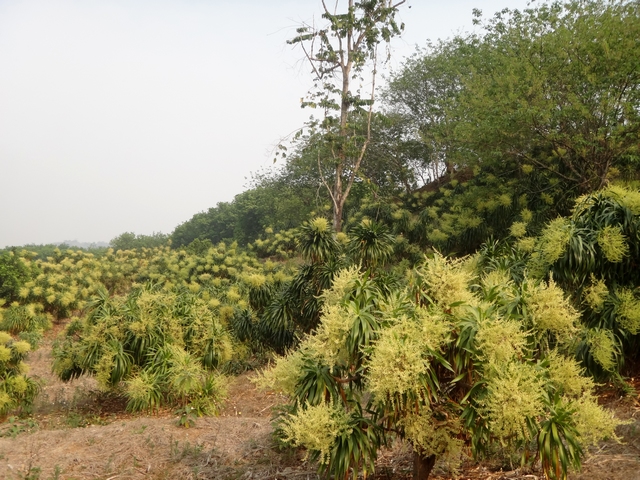The genus Dracaena includes more than 50 species, which are mainly distributed in tropical and subtropical regions of Asia and Africa. Dracaena cambodiana is a narrow-distributed species, which is found in Yunnan, Guangxi, and Hainan provinces in China, Laos, Vietnam, Thailand and Cambodia. It is commonly known as Cambodian dragon tree or dragon blood tree. In 2001, D. cambodiana was listed as an endangered species due to its highly restricted distribution and overexploitation.
Dragon’s blood, known as a famous traditional medicine originated in the ancient Arabian area, has been used for the treatment of wounds, leucorrhea, fractures, diarrhea and piles as well as for intestinal and stomach ulcers for a long time. Dragon’s blood is the red resin excreted by a part of the genus Dracaena plants when encounter external injury or microbial invasion. In China, Dracaena cochinchinensis (Lour.), Dracaena cambodiana, Dracaena ensifolia have been reported as the plant resource of dragon’s blood. Although the history of using Dragon's Blood as a medicine in China is over 1000years, it had to be imported from other countries until the 1970s, when Prof. Cai Xita, a famous botanist in China and the founder of XTBG, found Dragon's Blood tree in Southern Yunnan Province.



